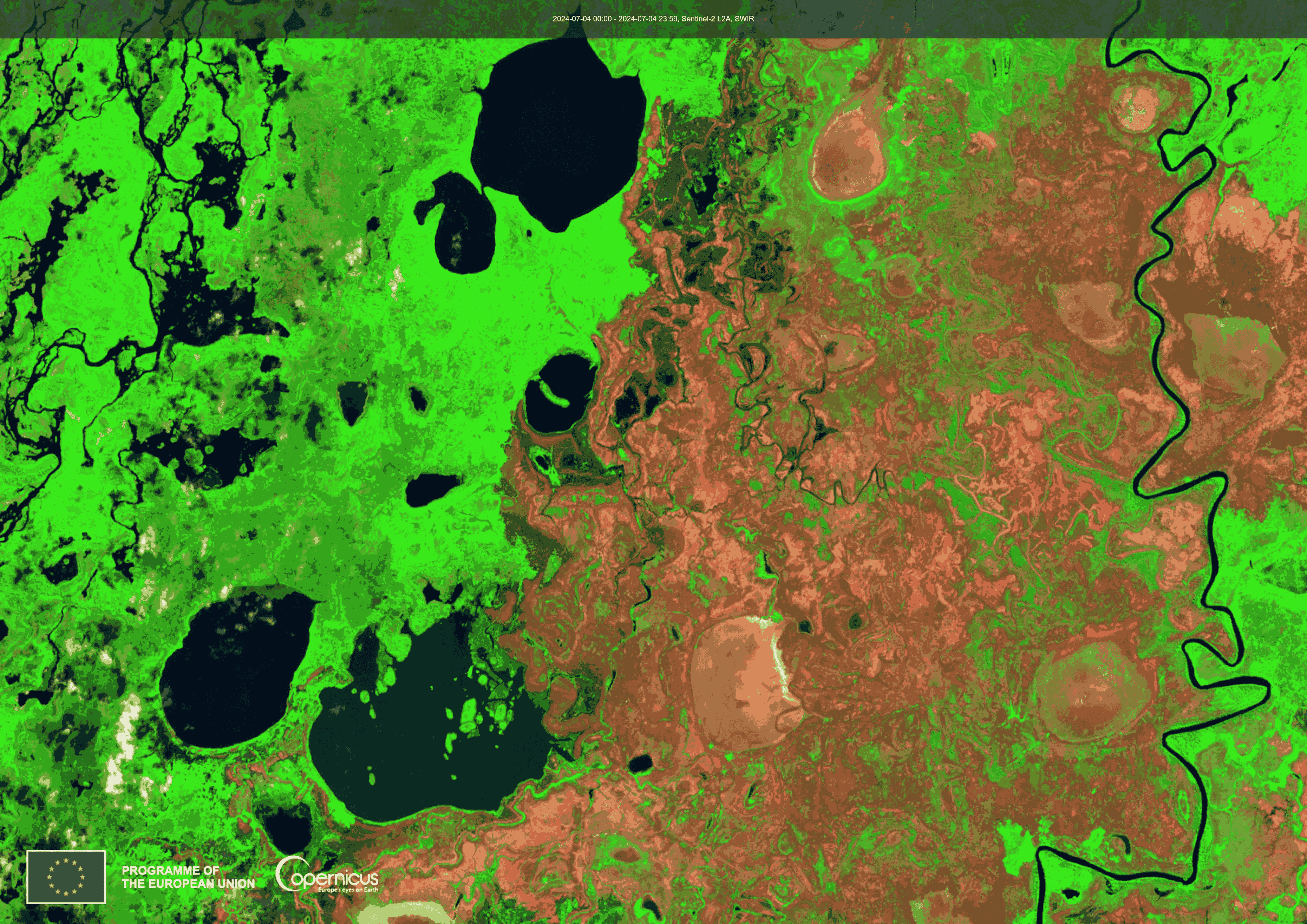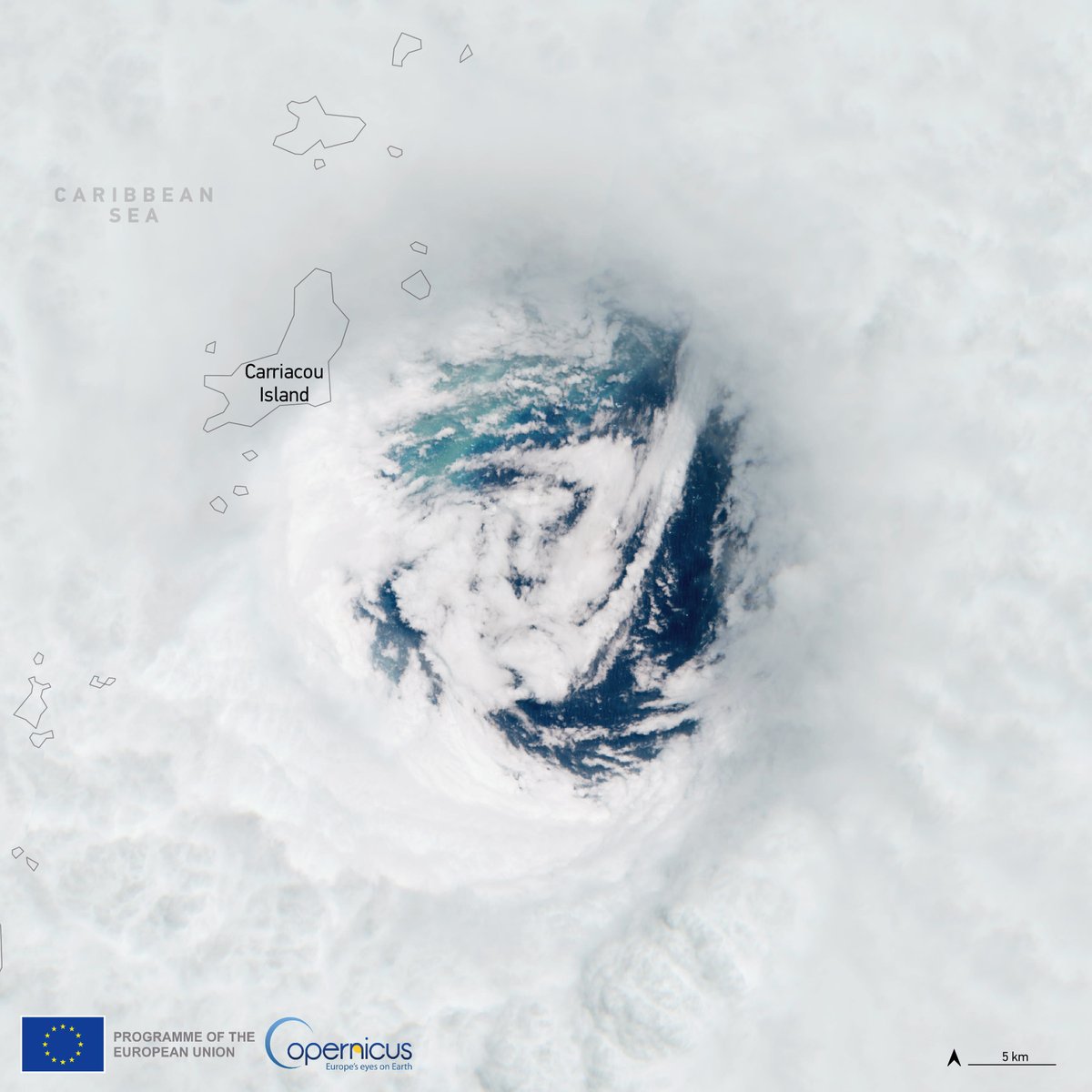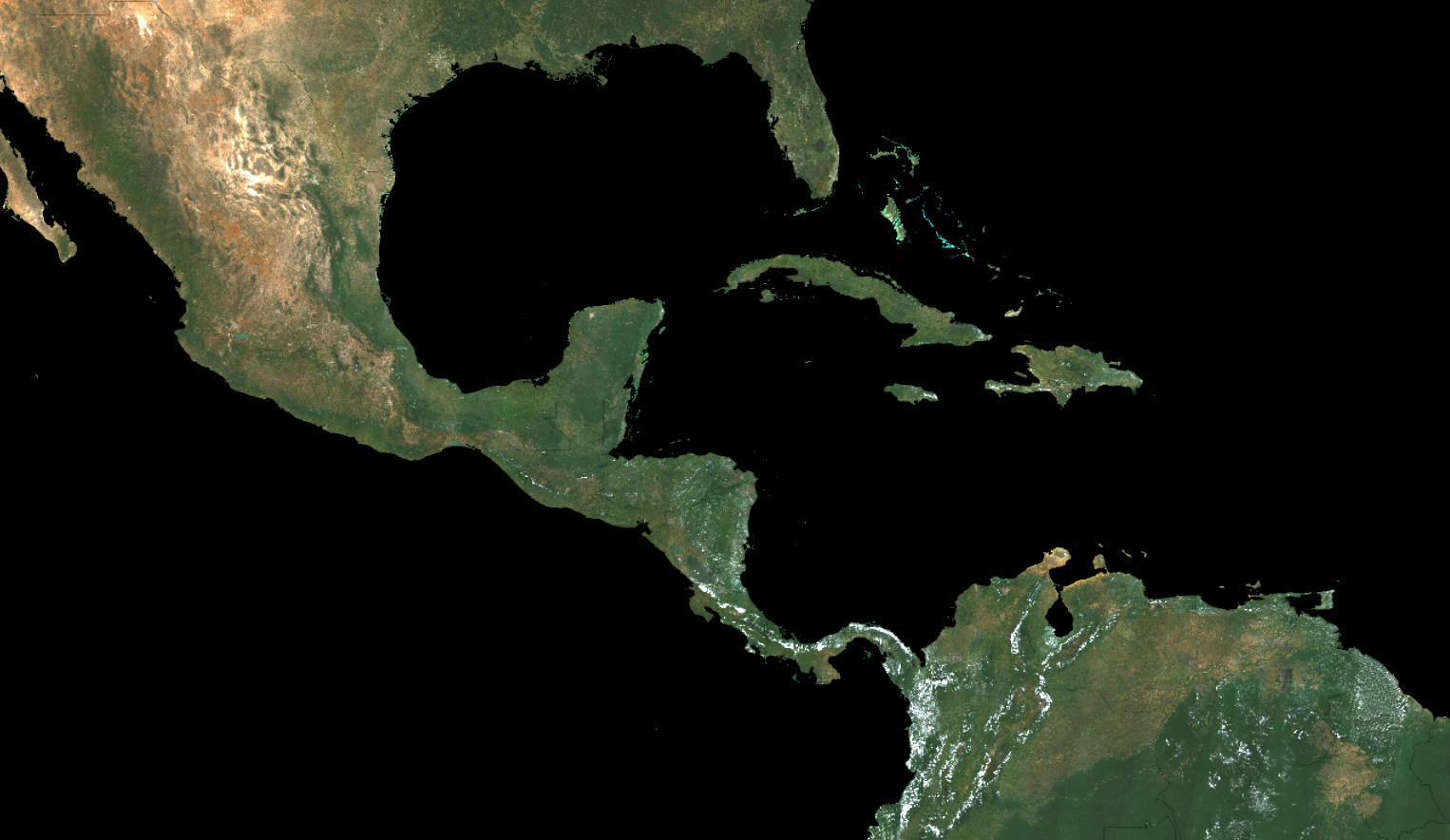
How does Copernicus support the monitoring of droughts and their effects in the LAC region?
Throughout 2023 and 2024, multiple countries in Latin America have faced one of the longest droughts in recent decades. The impacts of this drought range from water scarcity, which affects food security, to a lack of energy production from hydroelectric

Copernicus for Wildfires: How can Copernicus Earth Observation open data help address wildfires in the LAC region?
The intensity, duration, and frequency of wildfires are increasing around the globe. This has important consequences for communities living in areas prone to fires, since they can have devastating impacts on the environment, property, and human life. The Latin America

Hurricane Beryl: How can Copernicus Earth Observation open data help in preparing for, monitoring, and assessing the consequences of hurricanes in the LAC region?
An average of ten tropical storms develop over the Atlantic Ocean, Caribbean Sea, and Gulf of Mexico each year, with six of these becoming hurricanes. Tropical storms and hurricanes are very dangerous, bringing powerful winds, heavy rainfall, storm surges and

The CopernicusLAC Panama Centre: Building Climate Resilience in Latin America and the Caribbean with free and open Earth Observation Data
Latin American and Caribbean (LAC) countries are some of the world’s most vulnerable when it comes to climate-related hazards and the consequences of El Niño and La Niña. These phenomena impact the region’s unique ecosystems, including tropical rainforests, coastal areas,





